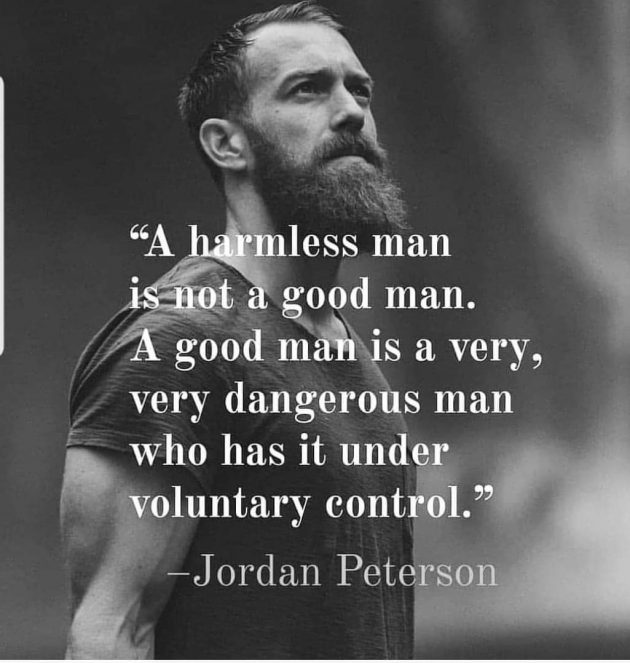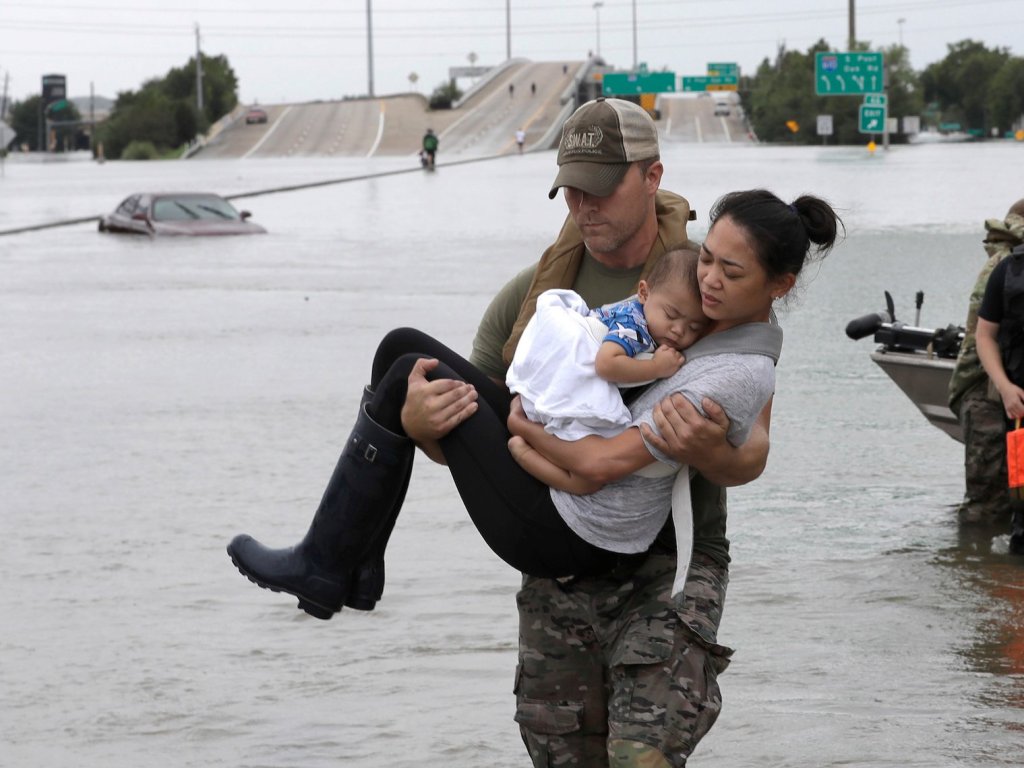Lindsay Mitchell
lindsaymitchell.blogspot.com
Extension of the government’s “It’s Not OK” anti-violence strategy was released yesterday. The campaign has run since 2007 but it is now turning it focus wholly on “gendered intimate partner violence.” Men as perpetrators.
Some extracts:
The campaign has re-set its strategic intent, with the next phase strengthening its focus on preventing violence by men, who generally cause most harm, with evidence suggesting gender inequities are a fundamental driving factor.
Did they miss a word out? I would have prefaced “harm” with “physical” myself.
Factors associated with practice of violence
Women’s lack of autonomy and male dominance of decision-making in public life,
families and relationships.
Question: How many women do you know that ‘call the shots’ or ‘wear the trousers’ in their families? In my experience it’s almost the norm. And that is not a slur on women.
The traditional societal construct of masculinity, and social norms around adhering to that construct, are identified as key factors in the prevalence of violence and a primary focus of this strategy… Social norms that promote male domination, aggressive and stoic male relationships and acceptance and minimisation of violence against women have a strong influence on behaviours. These norms create an environment within which violence is condoned, enabled and promoted…There is a clear link between the more strongly held ideas of traditional masculinity and a greater likelihood of an individual man using domestic violence against women.
An end to traditional masculinity? An end to a man supporting and protecting his family?
The left has already gone a long way in this aim by robbing many men of the role of fatherhood. They are now actively encouraging mothers to not even name the fathers of their children. But maybe my idea of traditional masculinity is awry.
I grew up with three brothers and a Dad who was always there for me. They all embody my idea of traditional masculinity. Steady, stoic (is there something wrong with being stoic?), sensitive but not given to over-emotionalism, dutiful, good-humoured and loyal.
For balance the writers do add:
Not all men are violent, and women can be violent too, but there is overwhelming evidence that family and sexual violence is largely gendered in terms of victimisation, perpetration and impacts.
There had to be a BUT.
Perhaps I shouldn’t let this stuff bother me. Maybe it’s about a community and culture I don’t understand. But a gut feeling persists that government intervention only drives a wedge between men and women. For instance, with benefit-dependence dressed up as female financial independence, many boys have grown up in homes without fathers, exposed to disinterested non-fathers or their mother’s anti-male attitudes. The wedge between male and female is driven yet deeper leading to a greater gulf in the next generation.
Here we are today. Feminists still waving the gender inequality banner as a reason for male violence when it’s feasible that decades-long policy changes made in the name of feminism have actually fueled the problem.
And you know why we get all this tosh from the public service – yes, you are paying for it – Because of traditional masculinity. Thinking men just switch off, stolidly take it on the chin, and peacefully retreat a little more into their self-imposed quietude…

If you enjoyed this BFD article please consider sharing it with your friends.

